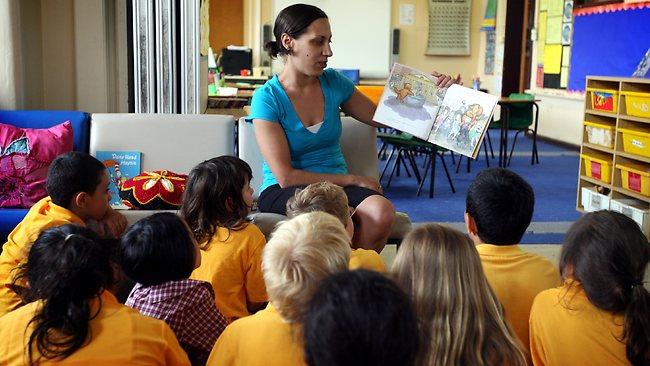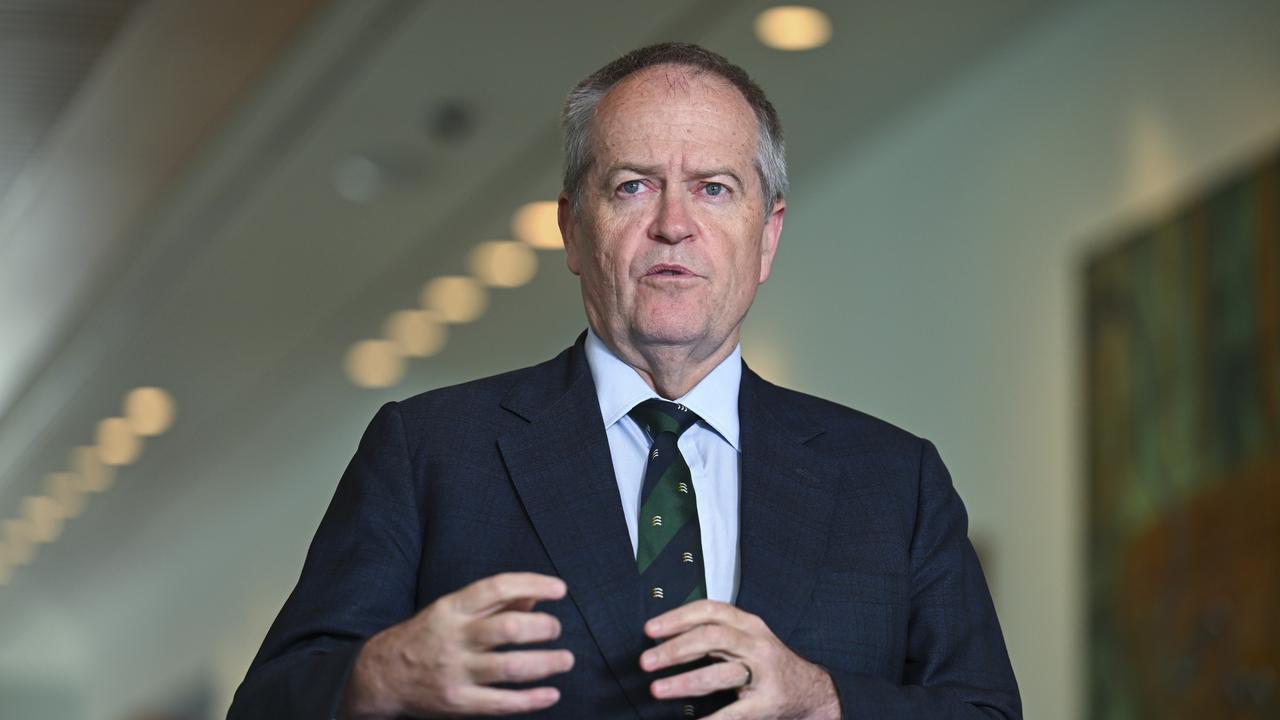Preschool rates lag world but graduates set the pace
AUSTRALIAN three- and four-year-olds are engaged in formal preschool education at one of the lowest rates in the world.

AUSTRALIAN three- and four-year-olds are engaged in formal preschool education at one of the lowest rates in the world. But a major report from the OECD also found education attainment improves with qualification level, with 38 per cent of the working population holding a degree -- above the OECD average of 32 per cent.
Education at a Glance 2013 says only 13 per cent of Australian three-year-olds and 67 per cent of four-year-olds are engaged in early childhood learning.
Worse still, participation of three-year-olds fell by four percentage points between 2005-2011 compared with an average increase of four percentage points across OECD nations.
"Australia's expenditure on pre-primary education relative to GDP is relatively low at 0.1 per cent of GDP versus the OECD average of 0.6 per cent," the report said, noting that at 44 per cent, Australia had an extremely high level of private expenditure.
The OECD average was 18 per cent private sources of funding and 82 per cent public.
High fees for largely private daycare centres and poor access to government places in most states were putting children, especially the most vulnerable, on the backfoot before they started school, said dean of education at the University of Melbourne Field Rickards.
Attempts to get more children under five into formal preschool programs was progressing too slowly, putting vulnerable children even more at risk, he said.
"We know that very young children's brains are incredibly plastic. The younger they are when they start learning the better it is for their later educational and social outcomes," Professor Rickards said. "It's just too late to start remedial work when children are in Years 2 or 3."
A report from Early Childhood Australia released earlier this year found that: "Having trained teachers working with preschool children for a substantial amount of time is linked specifically with improved outcomes for children's literacy and social learning at age five." Sam Page, chief executive of Early Childhood Australia, noted that children in long daycare were not counted in the OECD data which distorted the picture.
But she said the quality of learning experiences in childcare centres was highly variable. "Australia still underinvests by OECD standards," Ms Page said, noting that the phasing in of a national framework should help shift delivery of quality educational experience in the right direction.
The OECD report also reveals that after years languishing on the lower rungs of the table, Australian investment in education per capita finally reached the OECD average of 6 per cent of GDP by 2010. "Between 2009-10, Australia's spending increased by 24 per cent, more than four times the OECD average increase of 5 per cent," the report said. "In 2010, Australia devoted about $US10,825 ($11,643) per student each year to all levels from primary to tertiary education, compared to the OECD average of US$9313.
RMIT political analyst Gavin Moodie said a characteristic of the Australian university system that was markedly different from any other country was the prevalence of international students.
"Nearly 21 per cent of bachelor degree students are from overseas, well above the second highest in the OECD, the UK, (18.3 per cent) and dwarfing the OECD average of 6.9 per cent.
Dr Moodie said Australia was also unusual in having 55 per cent of its international students congregating in social sciences, business and law.


